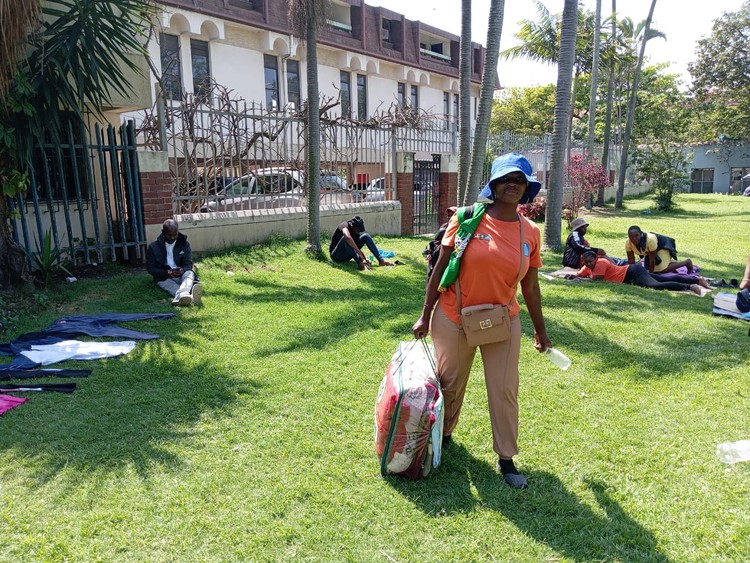Ubumbano Voice
By Mike Van Kamande
Chiladzuro District Hospital says inadequate resources available for leprosy surveillance is affecting the fight against the debilitating disease.
Speaking last Friday during a National Tuberculosis and Leprosy Elimination Programme media tour Chiladzuro district dermatology and leprosy officer Mpatso Mbalule said they mostly rely on patients presenting themselves at the hospital for diagnosing the disease.
“If truth be told we rarely go out in the communities to do leprosy surveillance because we do not have resources such as transport. We mostly do leprosy awareness at the Outpatient Department and rely on the patients being screened when they come to the hospital.
“We know there might be more cases out there but we are handicapped to go out to even diagnosed patients’ communities. Currently in Chiladzuro we have two leprosy cases who have been on treatment for five months,” she said.
Chabwera Clinic TB and Leprosy support club chairperson Dafter Gusto said there is need to intensify awareness and surveillance if the fight against leprosy is to be won especially in rural communities.
National Tuberculosis and Leprosy Elimination Programme manager James Mpunga said TB and leprosy are both mycobacterium diseases which can be managed together.
“Leprosy was not being supported however since the integration we are trying to build capacity of district hospital staff. We will also enhance surveillance by following up on families of people suspected of having leprosy.
“We will provide motorcycles to enhance surveillance and sample collection and tracing will replace the current clinical suspicion diagnosis once laboratory technicians are trained,” Mpunga said.
He said the programme is looking for resources to enhance leprosy interventions and World Health Organization has pledged leprosy drugs for the next three years.
Leprosy was last recorded in Chiladzuro in 2012 before resurfacing in January this year. World Health Organization (WHO) standard for leprosy elimination stands at less than one case per 10,000 population.






